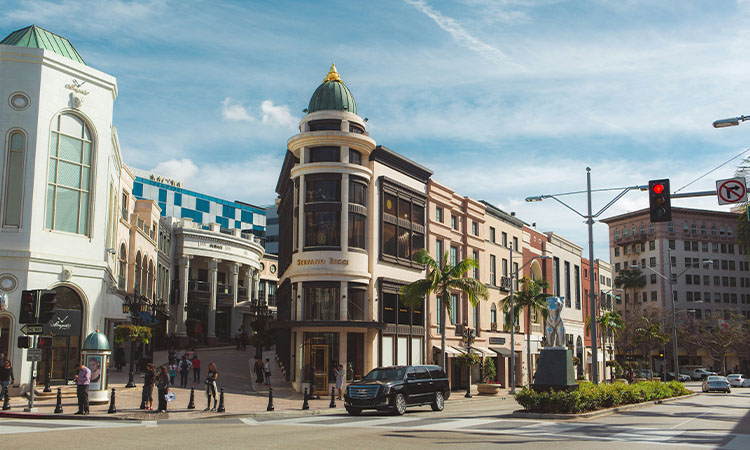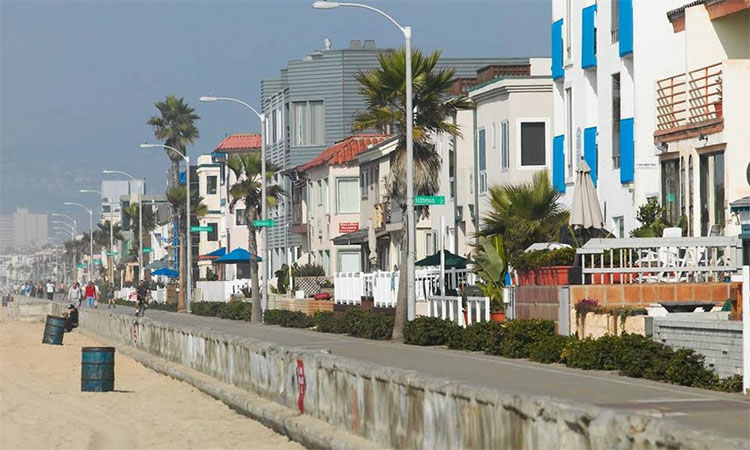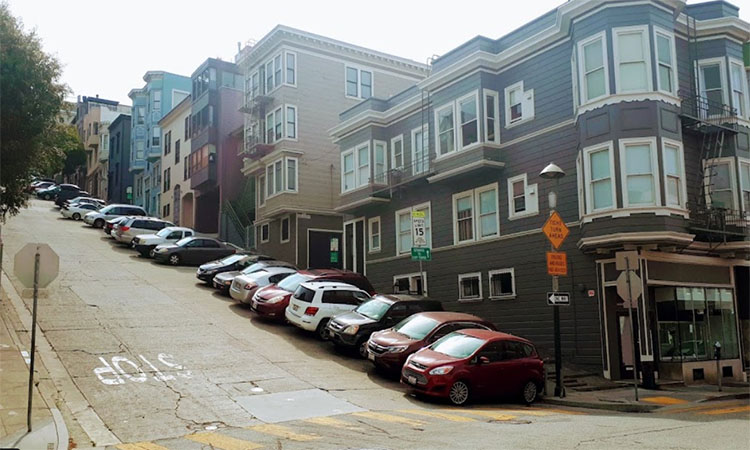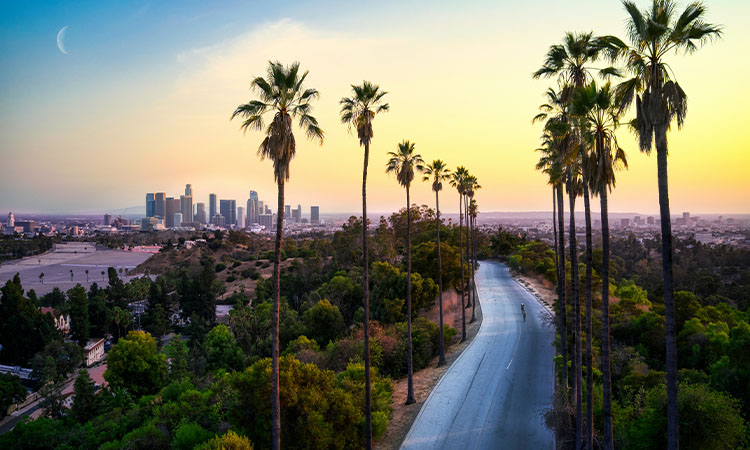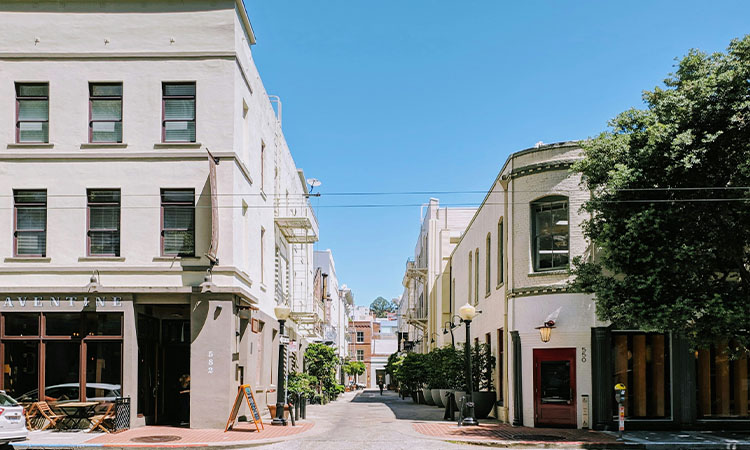16 Most Dangerous Streets in California: High-Crime Areas to Avoid
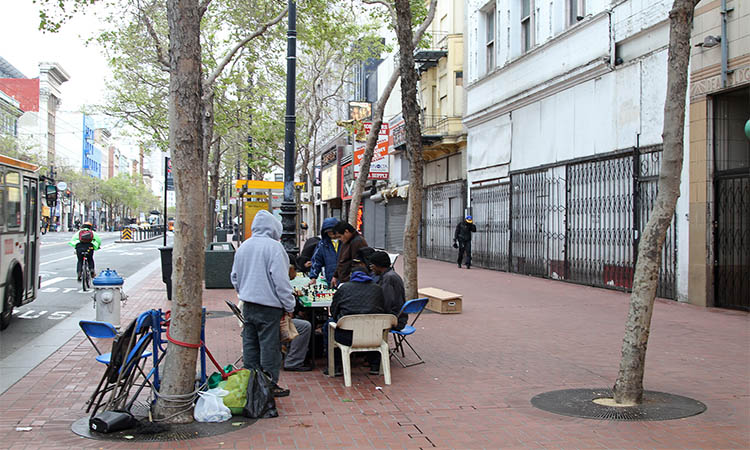
Driving through California can be an adventure, but some roads are more dangerous than others. Knowing which streets to avoid can keep you and your loved ones safe. In this article, we’ll uncover the 16 most dangerous streets in California.
California’s diverse landscape means its roads vary widely, from bustling city streets to winding mountain paths. Areas like US-101 in San Luis Obispo and I-15 in Hesperia have been highlighted for their risks.
Stay informed about California’s most perilous streets. This knowledge helps you plan safer routes to avoid potential hazards. Get ready to explore the list and ensure your drives in California remain safe and stress-free.
Key Factors That Make Streets Dangerous
- High Crime Rates
Streets with high crime rates often face issues like gang violence, theft, drug activity, and assaults. These areas can be unpredictable, making them dangerous for both pedestrians and drivers. - Poor Road Infrastructure
Bad lighting, potholes, and poorly designed intersections increase the risk of accidents. When roads are not well-maintained, it becomes difficult for drivers to navigate safely, especially at night. - Traffic Risks
Heavy congestion, reckless driving, and frequent accidents contribute to dangerous conditions. High traffic volumes can lead to frustration and aggression, increasing the likelihood of reckless behavior. - Socioeconomic Challenges
Areas battling homelessness, poverty, and lack of law enforcement face unique issues. These challenges can lead to more traffic problems and safety hazards for both locals and visitors.
16 Most Dangerous Streets in California
High-Crime & Unsafe Neighborhoods
These areas in California are known for high crime rates, including violent crimes, theft, and gang activity. Each location presents unique challenges, requiring awareness and caution.
1. Skid Row, Los Angeles
Skid Row is widely recognized for its large homeless population and high rates of crime.
Why It’s Dangerous: Known for drug activity and frequent violent crimes like assault and robbery, Skid Row’s conditions can lead to dangerous encounters.
How to Stay Safe: Avoid walking alone, especially at night. Stick to main roads.
Tenderloin District, San Francisco
The Tenderloin District is a densely populated area with a history of crime and poverty.
Why It’s Dangerous: High levels of drug trafficking and theft are common, contributing to its reputation as a high-crime area.
How to Stay Safe: Be cautious, avoid alleys, and travel in groups.
East Oakland, Oakland
East Oakland is known for its vibrant culture but struggles with crime and violence.
Why It’s Dangerous: Violence, including gang activity, results in high rates of robbery and homicide.
How to Stay Safe: Stay aware of your surroundings and avoid suspicious areas.
Compton Boulevard, Compton
Compton Boulevard runs through a city with a complex legacy of crime and community challenges.
Why It’s Dangerous: Notable for gang violence and property crime, this area often sees vehicle theft and assaults.
How to Stay Safe: Keep a low profile and secure your belongings.
Stockton (Various Streets)
Stockton’s diverse streets have a mix of economic challenges leading to crime hotspots.
Why It’s Dangerous: High property and violent crime rates, including theft and assault, affect several areas in Stockton.
How to Stay Safe: Stay alert in public spaces and avoid isolated areas.
Macdonald Avenue, Richmond
Macdonald Avenue in Richmond experiences ongoing issues with crime and safety.
Why It’s Dangerous: Known for high crime rates, such as drug trafficking and theft.
How to Stay Safe: Travel during daylight and stay in well-lit areas.
South Central, Los Angeles
South Central Los Angeles is infamous for its history of gang activity and violence.
Why It’s Dangerous: Frequent violent crimes, including shootings, make it a high-risk area.
How to Stay Safe: Stay informed about local news and avoid walking at night.
Baseline Street, San Bernardino
Baseline Street faces significant safety challenges amid economic disparities.
Why It’s Dangerous: Problems include burglary, robbery, and gang violence, impacting this street heavily.
How to Stay Safe: Avoid poorly lit areas and keep valuables secure.
Pedestrian Danger & Heavy Traffic
California’s bustling streets present challenges with pedestrian safety and heavy traffic congestion. Some areas are notorious for accidents due to high foot traffic and poor road designs. The following sections provide insights into specific streets where these issues are prominent.
Hollywood Boulevard, Los Angeles
Famous for its theaters and vibrant nightlife, Hollywood Boulevard is a bustling hub.
Why It’s Dangerous:
- High tourist volume and frequent events create chaotic scenes, increasing accident risks.
How to Stay Safe:
- Use designated crosswalks and stay vigilant.
Mission Street, San Francisco
Lined with shops and eateries, Mission Street is busy throughout the day.
Why It’s Dangerous:
- Narrow lanes and heavy traffic make it perilous, especially during peak hours.
How to Stay Safe:
- Stick to sidewalks and obey pedestrian signals.
El Camino Real, Bay Area
El Camino Real runs through multiple cities, serving as a major thoroughfare.
Why It’s Dangerous:
- Frequent intersections and high-speed travel contribute to accident risks.
How to Stay Safe:
- Cross only at intersections with pedestrian signals.
Florence Avenue, South LA
Connecting diverse communities, Florence Avenue is a vibrant yet busy street.
Why It’s Dangerous:
- Dense traffic and minimal pedestrian infrastructure lead to frequent hazards.
How to Stay Safe:
- Use pedestrian bridges where available and remain alert.
San Ysidro Boulevard, San Diego
Close to the Mexico border, San Ysidro Boulevard is packed with both vehicle and pedestrian traffic.
Why It’s Dangerous:
- High vehicle speeds and lack of proper crossings pose threats to safety.
How to Stay Safe:
- Always be aware of your surroundings and cross at designated points.
Dangerous Driving Zones
Some roads in California have a higher risk of accidents due to factors like traffic, design, or behavior patterns. This section highlights three such streets, focusing on aspects that contribute to their dangers and offering tips for safe navigation.
Van Ness Avenue, San Francisco
Van Ness Avenue is a major north-south thoroughfare with busy intersections and a mix of commercial and residential areas.
Why It’s Dangerous:
- High pedestrian traffic, frequent jaywalking incidents.
How to Stay Safe:
- Use designated crossings and be alert for jaywalkers.
Figueroa Street, Los Angeles
Figueroa Street runs through downtown LA with heavy traffic and various lanes merging.
Why It’s Dangerous:
- Complex traffic patterns with frequent lane changes.
How to Stay Safe:
- Stay in your lane and follow traffic signals diligently.
Sepulveda Boulevard, Los Angeles
Sepulveda Boulevard stretches across diverse neighborhoods and is notorious for its congestion.
Why It’s Dangerous:
- Prone to traffic bottlenecks, especially during rush hours.
How to Stay Safe:
- Plan travel during off-peak hours and maintain safe distances.
General Safety Tips For Navigating Dangerous Areas
Pay attention to road signs and signals. These provide important guidance and warnings, especially in high-risk areas. Staying alert helps you react quickly to unexpected events.
Use seat belts at all times. It’s a simple but effective way to protect yourself and others in the vehicle. Seat belts reduce the risk of serious injury.
Avoid distractions like mobile phones while driving. Keep your focus on the road and its surroundings. Distracted driving increases accident risks.
Maintain a safe distance from other vehicles. This gives you more time to react if another driver behaves unpredictably, enhancing your safety.
Drive at appropriate speeds for the conditions. Slower speeds provide better control and increase decision-making time, particularly in adverse weather or heavy traffic.
If you’re unsure of the area, consider public transportation options or ask locals for advice on the safest routes. They can offer valuable insights into safest places in California.
Keep emergency contact numbers handy. In unknown or risky areas, having quick access to assistance can be crucial if you need help suddenly.
Whenever possible, avoid driving alone in remote or known dangerous areas. Having a travel companion increases safety and provides support in emergencies.
Conclusion: Awareness is Key
California offers many beautiful destinations, yet some streets pose significant dangers due to crime and traffic accidents. Roads like US-101 in San Luis Obispo demand extra attention from drivers.
Being aware of the most dangerous cities, like Stockton or Oakland, helps you prepare for potential risks. Knowing where higher crime rates occur enables you to stay alert.
Always prioritize safety by remaining vigilant and informed. By understanding where dangers abound, you take crucial steps to protect yourself and your loved ones while traveling.
Sharing helpful information can aid others. Encourage friends and family to review this guide. This way, everyone can navigate California more safely, reducing the risk of unpleasant surprises.
Your awareness makes a significant difference. Prepare in advance, pay attention to your surroundings, and adapt your travel plans as needed to ensure a safer journey.
Frequently Asked Questions
California has several areas with high crime rates and dangerous roads. Here are some key insights into these regions, focusing on specific areas with notable safety concerns.
What are the highest crime rate areas in California?
Los Angeles often reports high crime rates, especially in neighborhoods like South Central. Other areas like Oakland and San Bernardino also experience elevated crime levels with issues ranging from violent crimes to theft.
Which cities in California have reported the most homicides?
Los Angeles and Oakland consistently report higher homicide rates compared to other California cities. These cities face challenges with gang violence and other crime factors contributing to these statistics.
What are considered the most dangerous parts of Southern California?
Parts of Compton and South Los Angeles are considered among the most dangerous in Southern California due to frequent violent crimes. Crimes in these areas often involve gang-related activities that affect overall safety.
Which counties in California have the highest rates of violent crime?
Los Angeles County frequently tops the list for violent crimes in California. Other counties like San Joaquin and Alameda also experience significant rates of violent crime incidents.
What is known about the safety of traveling on Highway 17 in California?
Highway 17 is known for being treacherous due to its winding roads and frequent fog. Drivers should exercise caution, especially during bad weather, as accidents are common on this road.

